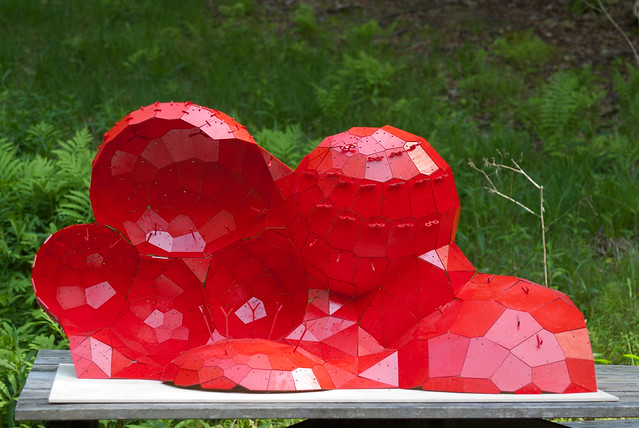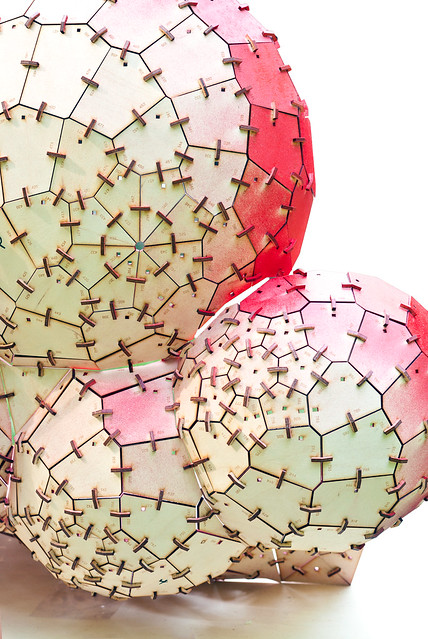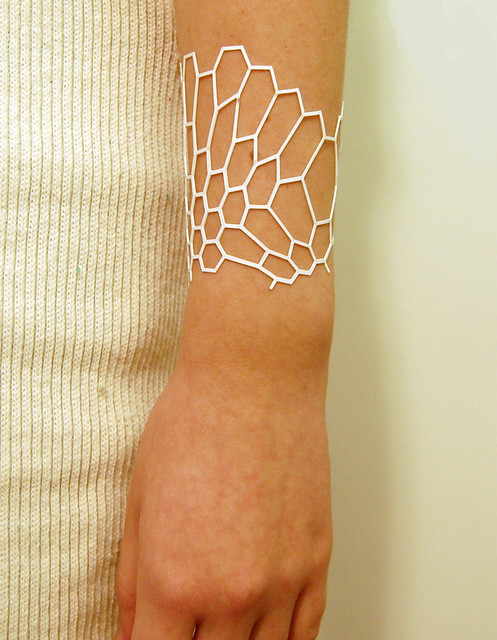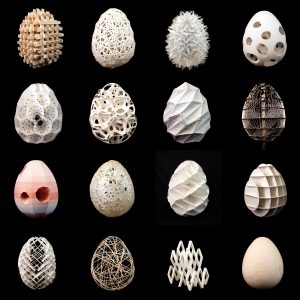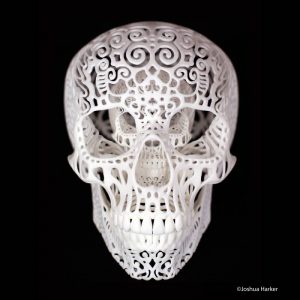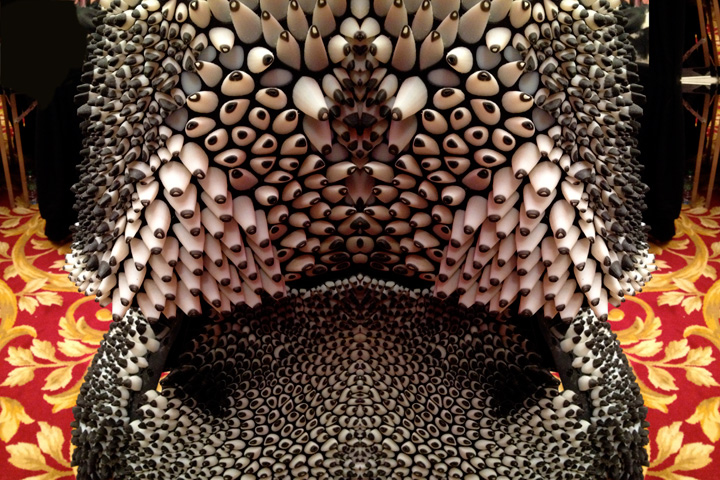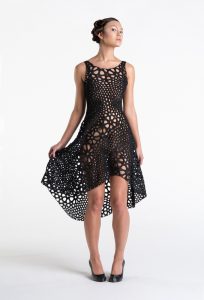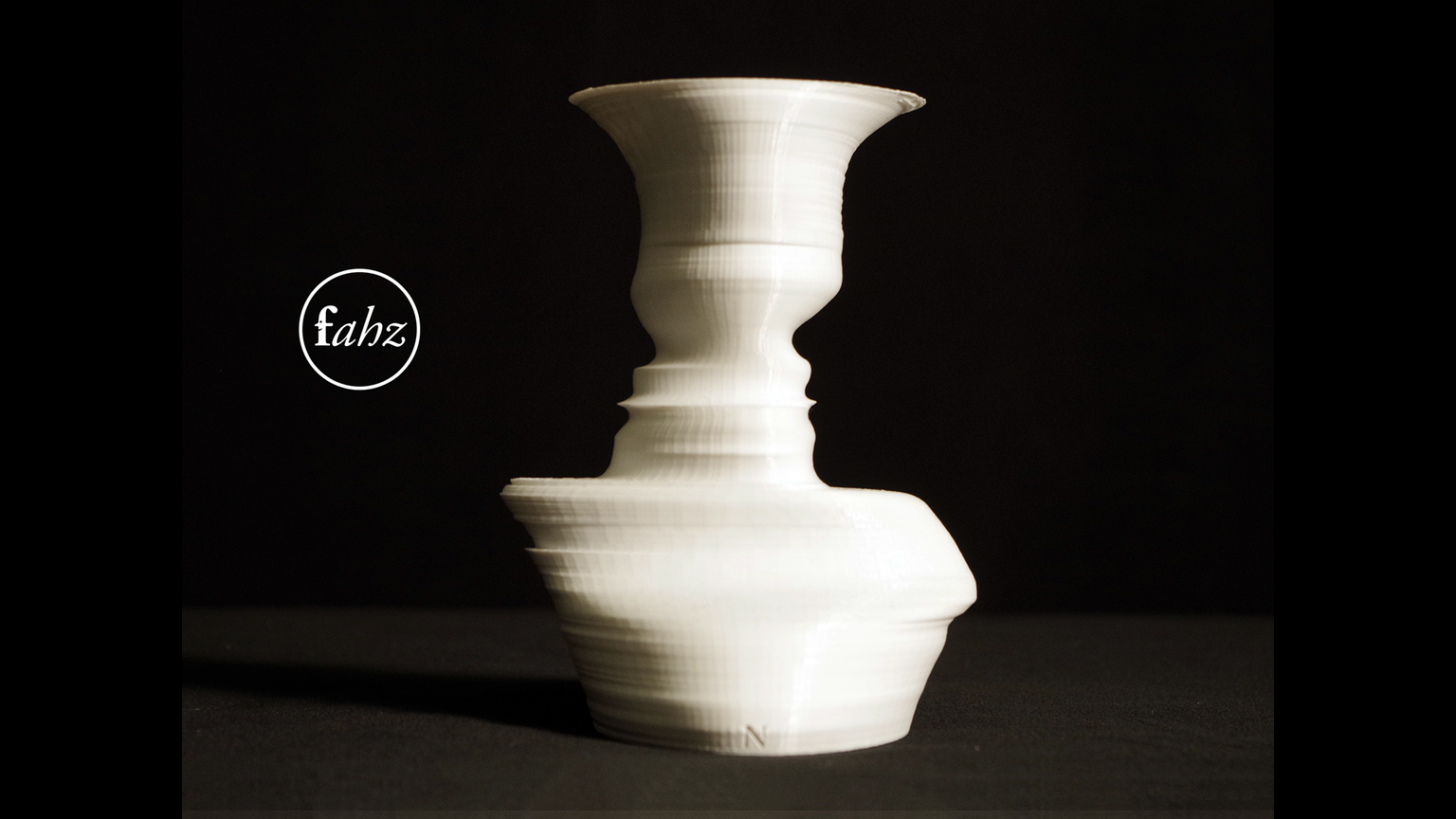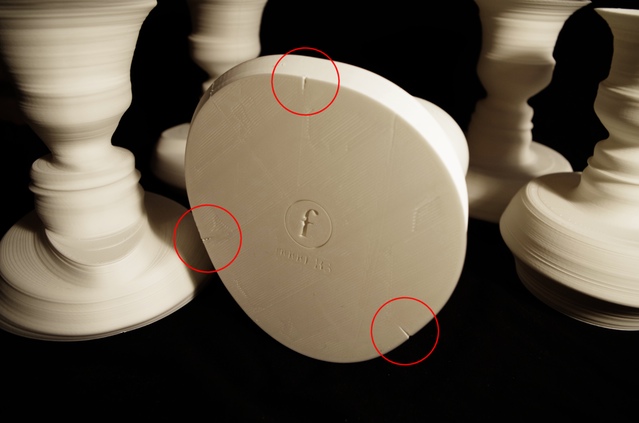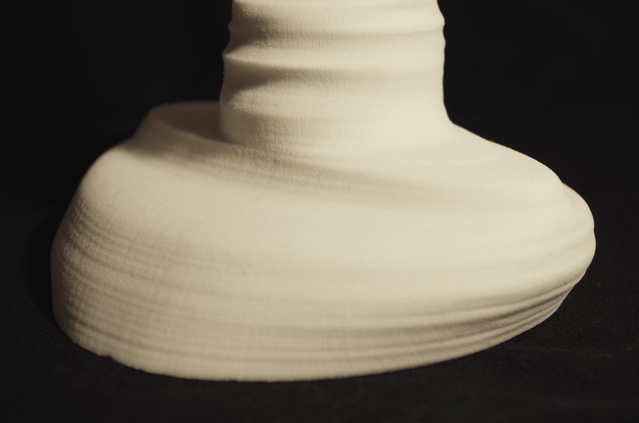Dot San is a design, model, and manufacturing company that works out of Edinburgh, Scotland. The product design company renders 3D models using software such as Rhino 3D and Maxwell Render to create photorealistic works to be used for marketing, 3D printing and manufacturing purposes. The company works with clientele all over the world and also has their own Etsy shop.
I scoped out Dot San’s merchandise on their Etsy page and was thoroughly intrigued by the types of work that they produce. I was particularly interested in the 3D keychains of astrological signs and chemical molecules that they sell. The keychains are all 3D printed out of nylon and steel metals, each one being unique due to the lack of mass manufacturing.
The whole initiative is called the “Wired Project” and is centered around the effort to experiment and push the limitations of 3D printing. Dot San creates personal and intricate merchandise that defies the traditionally negative perception of consumerism. I admire that their products are individualized, each one embodying it’s own little quirks, a result of the one time printing process. In addition, Dot San itself – the company and it’s mission is dedicated to testing the boundaries of technology that is currently available to us, something that is essential for advancement and progress.
My favorite piece they’ve produced is a standing mini sculpture of the famous Vitruvian Man. It’s an example of classic art done with a modern medium.
Dot San’s Etsy Store:
https://www.etsy.com/shop/DotSan/items
![[OLD – FALL 2016] 15-104 • COMPUTING for CREATIVE PRACTICE](../../wp-content/uploads/2020/08/stop-banner.png)


